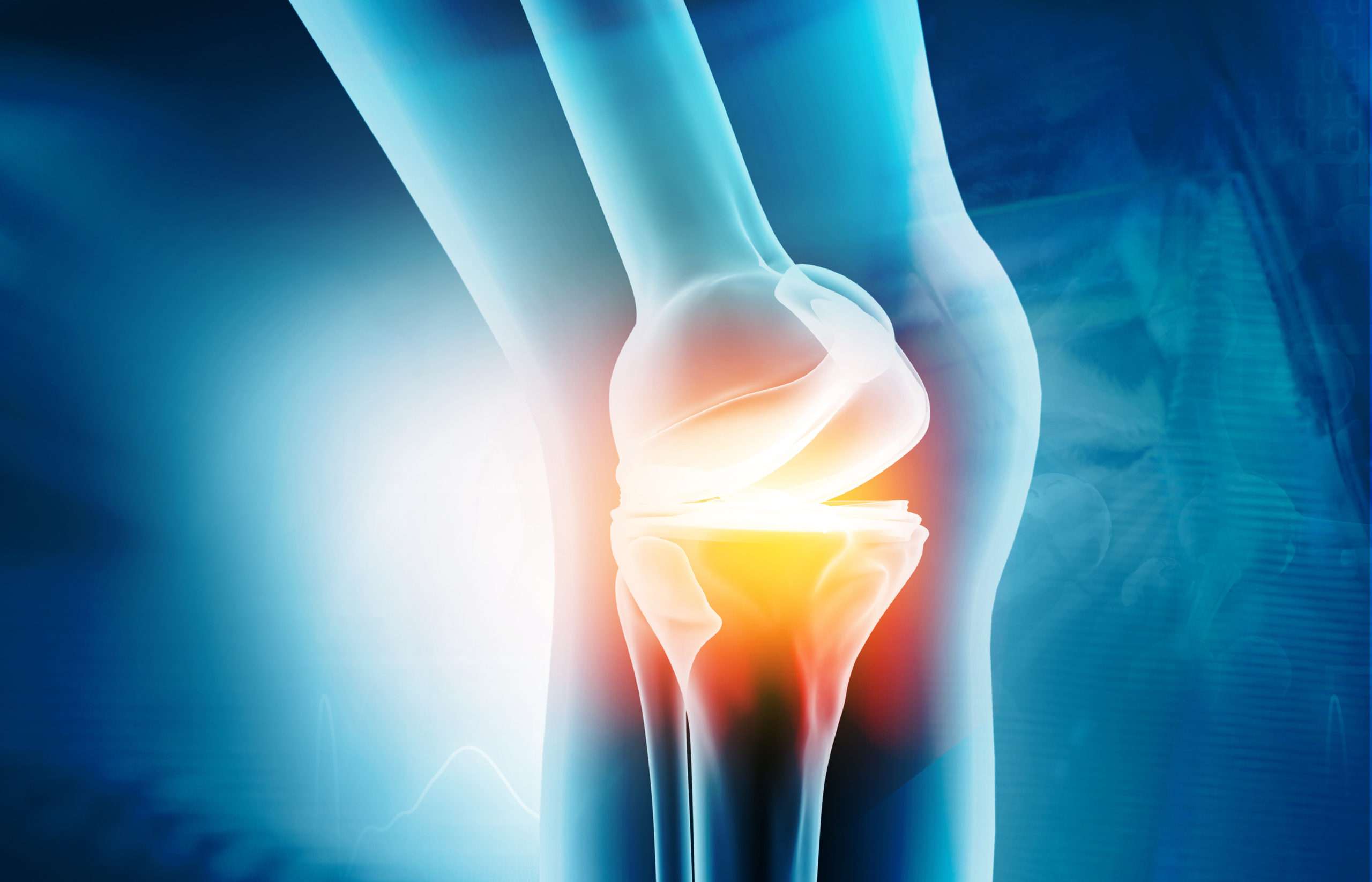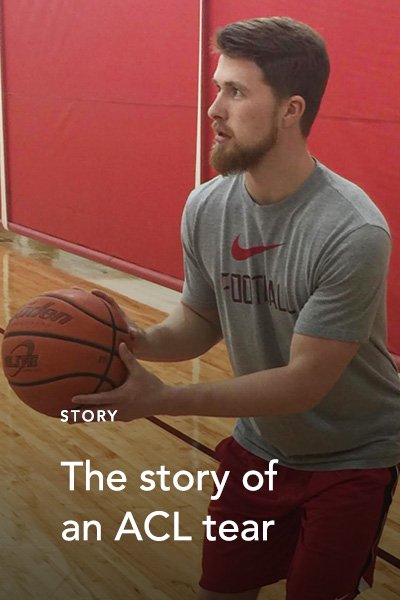There was a time not too long ago when hip surgery meant having long incisions made not only through your skin, but through the underlying large muscles as well. And that, in turn, meant a long road to recovery, not to mention significant discomfort during the recovery process. The good news is, most types of hip surgery today can be performed using a technique called hip arthroscopy, which uses small incisions and special instruments designed to spare muscle and other soft tissues so recovery is faster and much less uncomfortable.
What happens during hip arthroscopy?
Hip arthroscopy uses an instrument called an arthroscope, a long, thin, pencil-shaped scope that includes a bright light and a camera. The arthroscope is designed to be inserted through a tiny incision. Once in place in the joint, the light and camera capture “live’ video, transmitting images to a monitor that the surgeon uses to navigate the joint during the procedure. During the procedure, the surgeon makes a small incision near the joint for the arthroscope, as well as one or more additional incisions to admit the surgical instruments. Often, arthroscopy can be completed on an outpatient basis.
When is hip arthroscopy performed?
Hip arthroscopy is used to treat a variety of conditions, including:
- femoroacetabular impingement (or FAI), where bony growths on either the “cup” or “ball” portion of the hip joint interfere with normal joint function
- hip labral tears, where the tough, fibrous ring of tissue called the labrum is torn or damaged
- loose bodies, fragments of bone or cartilage that break loose and interfere with normal movement
- tendon damage, including “snapping hip” syndrome
Why should I see a specialist for hip arthroscopy?
Minimally-invasive surgical techniques like arthroscopy require a high degree of skill and expertise, in addition to extensive training. Although hip arthroscopy was described many decades ago, the technique has only widely been used for about 10 years. Many surgeons who perform hip surgery are not trained or experienced in arthroscopic techniques; others may offer arthroscopy as an option on a limited basis, even though the bulk of their procedures use the more traditional “open” approach with a larger incision. In fact, research suggests that it takes the completion of over 100 hip arthroscopies before a surgeon is technically good at the procedure. This requires a specialist to achieve this number of hip arthroscopies.
Arthroscopy depends on a specific, advanced skill set, both in terms of the actual surgical techniques used during hip arthroscopy, and in terms of the use of a camera and monitor to navigate the site, deploy the instruments, and perform the actual procedure. As a technique, it can’t be “translated” from traditional open surgery. All these skills must be learned, practiced and perfected on their own. And that means if you want to ensure you achieve the best possible results, you need to see a surgeon who specializes in hip arthroscopy – a doctor who has the skills, the experience and the expertise to treat your specific ailment using the most advanced minimally-invasive techniques available.
Greater Chicago Hip Arthroscopy Specialist
Dr. Geoffrey Van Thiel has extensive experience in hip arthroscopy for both the treatment and the diagnosis of hip disorders and diseases. As a leading hip specialist in the greater Chicago area, Dr. Van Thiel treats patients from all over Wisconsin and Illinois including Rockford, Elgin, Huntley, Dekalb, Crystal Lake, Barrington, McHenry, and Beloit to get the most appropriate care, based on a thorough evaluation of their medical needs and their lifestyle. If you’re having hip pain or other related symptoms, take the next step toward feeling better. Call Ortho Illinois at 815-398-9491 and schedule a consultation and evaluation today.










